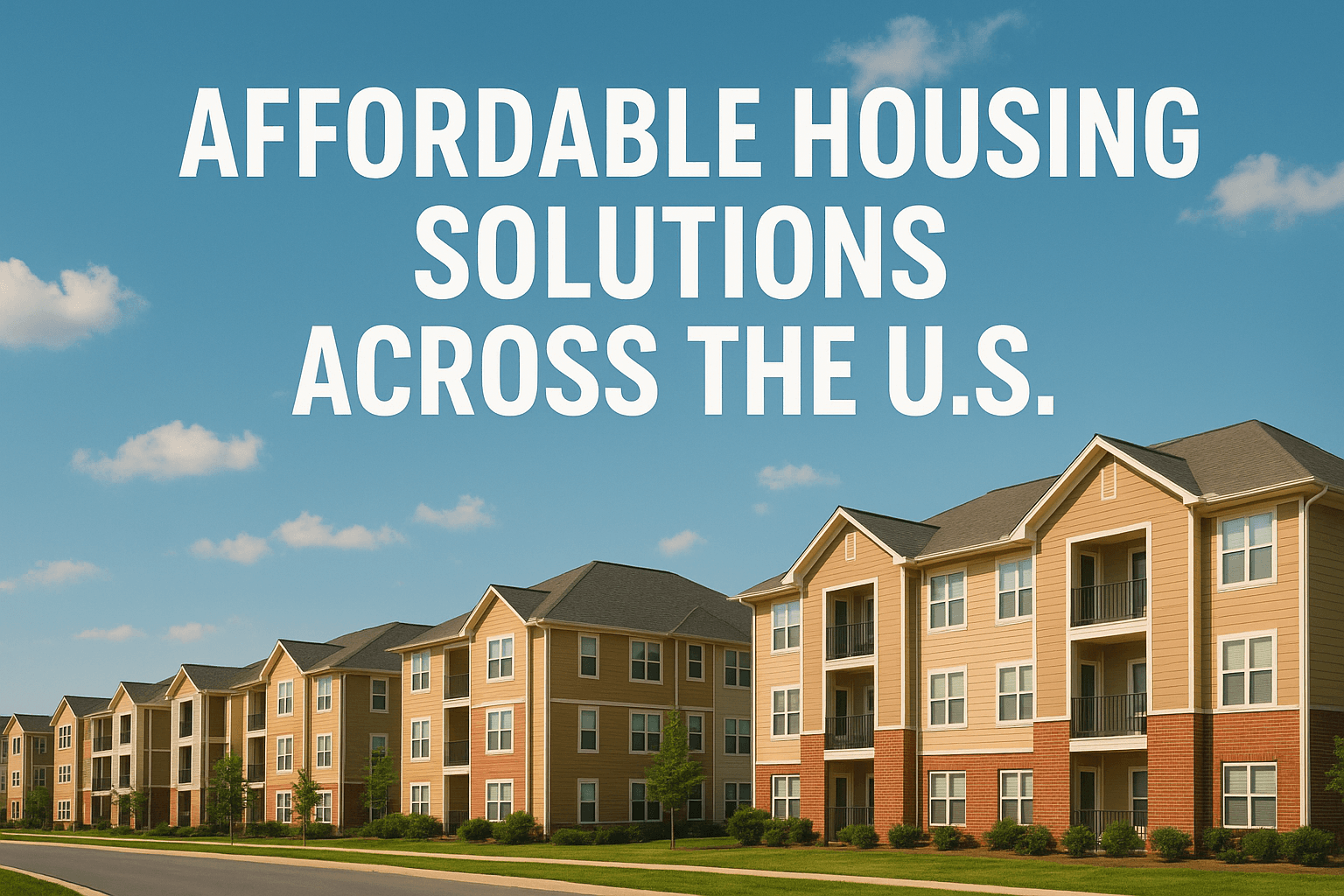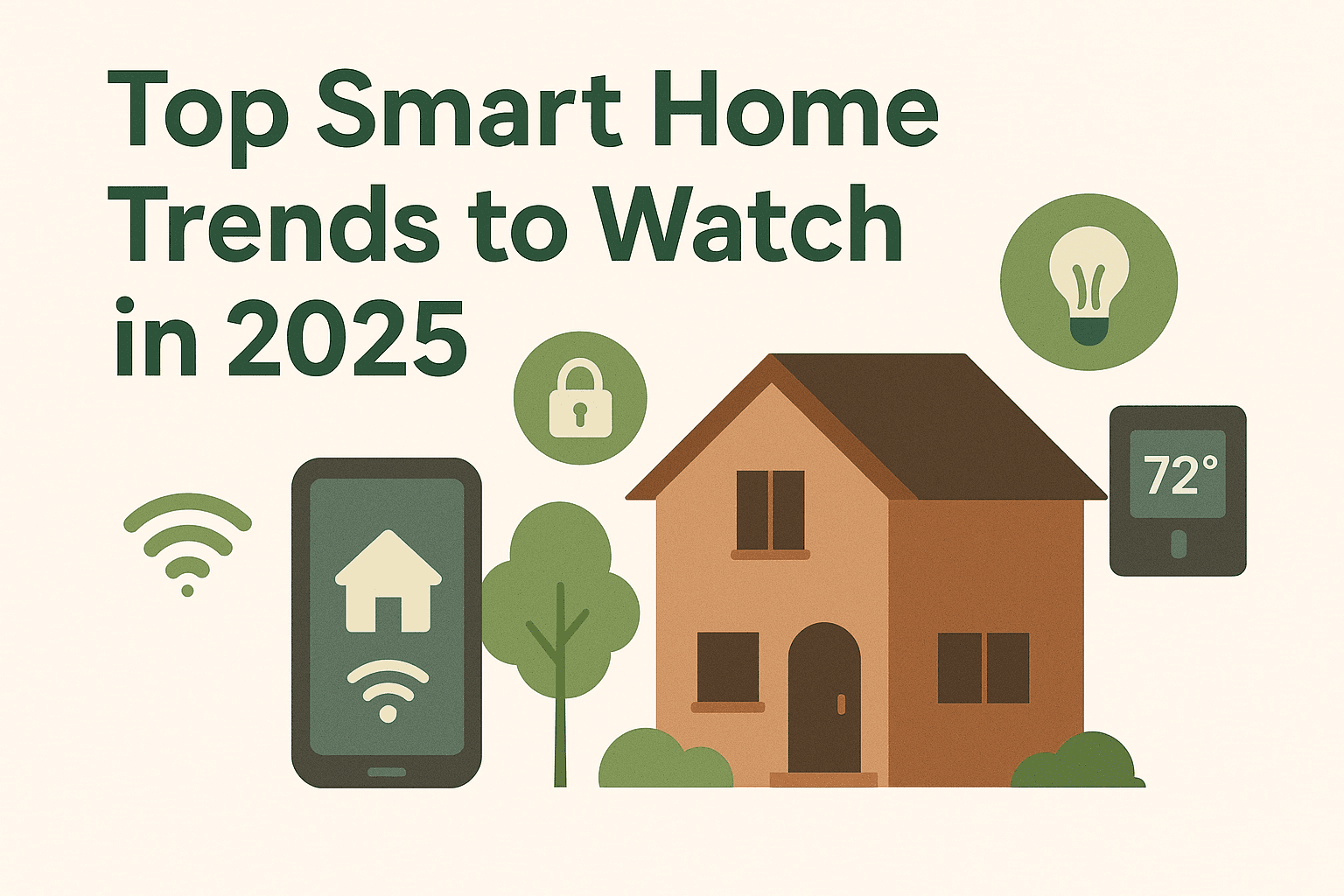Affordable Housing Solutions Across the U.S.

America’s affordable housing deficit remains acute, but 2025 brings meaningful progress through policy reforms, innovative finance, and construction tech. Prospective buyers and mission-driven investors can leverage these tools to create attainable housing while maintaining financial viability.
1. Federal and State Incentives Low-Income Housing Tax Credits (LIHTC) and the Neighborhood Homes Investment Act provide equity for single-family rehab and new construction. States like California, Colorado, and New York offer supplemental credits and soft loans.
2. Missing-Middle Zoning Reforms Cities including Minneapolis, Portland, and Charlotte allow duplexes, triplexes, and cottage courts on formerly single-family lots. These gentle density solutions add units without eroding neighborhood character.
3. Modular and Off-Site Construction Factory-built panels and volumetric modules compress timelines by up to 40%. Developers partner with manufacturers in Pennsylvania, Utah, and Texas to reduce labor bottlenecks and improve quality control.
4. Shared Equity and Community Land Trusts Denver, Burlington, and Atlanta expand land-trust portfolios, keeping homes permanently affordable while allowing residents to build limited equity.
5. Homebuyer Assistance and Financing - Down-payment grants and forgivable loans (e.g., Washington D.C.’s HPAP, Florida’s Hometown Heroes) bridge savings gaps. - 3D-printed starter homes in Austin and Phoenix pairs low-cost construction with fixed-rate mortgages.
Application Checklist 1) Confirm income eligibility and household size requirements for target programs. 2) Gather W-2s, tax returns, and credit reports early to expedite underwriting. 3) Engage HUD-approved housing counselors for budgeting and program navigation. 4) Compare mortgage products (FHA, USDA, conventional 3%) and factor in mortgage insurance. 5) Inspect energy efficiency and maintenance costs to ensure long-term affordability.
FAQs - Can investors participate? Yes—impact investors can use LIHTC, Opportunity Zones, or community development financial institutions (CDFIs) for blended returns. - How do rising rates affect affordability? Programs often pair rate buydowns or assumable mortgages; plan for future refinancing opportunities.
Conclusion Affordable housing in the United States demands collaboration across public, private, and nonprofit sectors. With the right incentives and construction strategies, communities can expand supply while keeping monthly costs predictable for residents.
Related Topics (Ads):
Advertisements - Sponsored content related to this topic
Related Topics
Affordable HousingUSA HousingHousing PolicyModular ConstructionHomeownership


